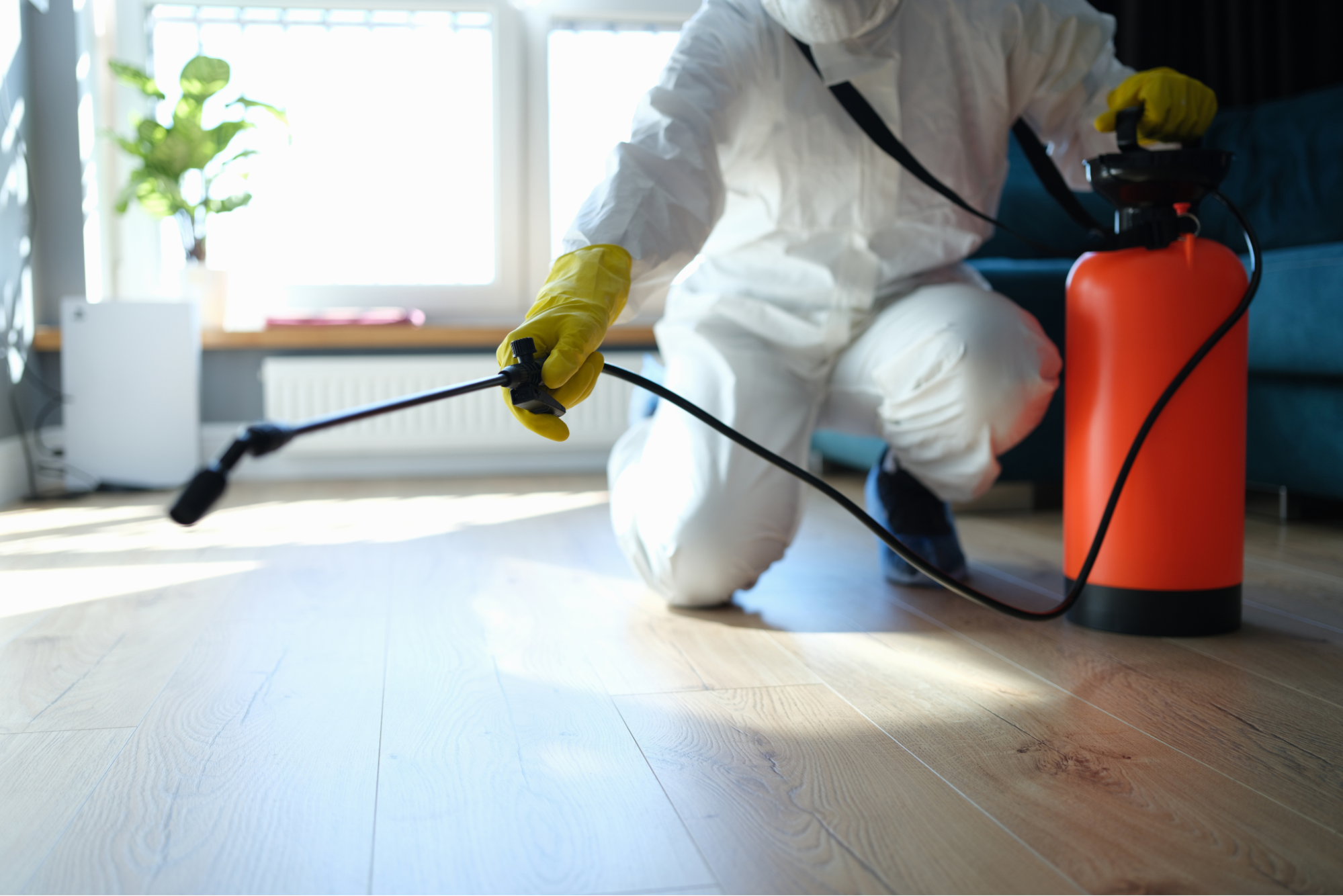Bed Pest Therapy Breakdown: Contrasting Chemical Vs. Non-Chemical Solutions
In the realm of bug control, particularly when handling the persistent problem of bed bugs, the choice in between chemical and non-chemical treatment options can be a pivotal one. Both strategies provide distinctive benefits and drawbacks, influencing factors such as efficiency, security factors to consider, and total cost. By checking out the nuanced information of each method, a clearer understanding of which course to go after in dealing with a bed insect invasion can be acquired.
Efficiency of Chemical Treatments
Chemical therapies for bed insect invasions have actually been widely recognized for their powerful and rapid effectiveness in eliminating these bugs. When taking into consideration the effectiveness of chemical therapies, it is essential to recognize that they can give a quick and detailed option to a bed insect issue. Specialist pest control experts usually depend on pesticides to target bed bugs at numerous phases of their life cycle, including nymphs, eggs, and adults. These chemicals typically work by interrupting the bed bugs' nerve system, leading to paralysis and ultimate death.
Moreover, chemical treatments have the advantage of using residual impacts, implying that they can continue to remove bed bugs also after the initial application. This residual activity is especially useful in combating any prospective re-infestations. Furthermore, the fast activity of chemical treatments can bring relief to individuals facing serious bed pest invasions, permitting them to gain back control of their home promptly.
Security Concerns With Chemical Solutions
When making use of chemical services for bed bug therapy is guaranteeing the safety of residents and the atmosphere,One vital element that requires careful factor to consider. While chemical therapies can be reliable in getting rid of bed pests, they might position risks otherwise dealt with appropriately. Among the key security interest in chemical solutions is the potential injury they can create to human wellness. Direct exposure to particular chemicals utilized in bed insect treatments can result in breathing problems, skin inflammation, or other damaging responses, especially in individuals with pre-existing conditions or level of sensitivities. In addition, improper application or dose of chemical pesticides can lead to harmful deposits remaining in the treated location, positioning long-term wellness risks to residents.
Moreover, the ecological influence of chemical solutions is an additional substantial consideration. Some chemicals utilized in bed insect therapies might be dangerous to valuable insects, wild animals, and ecosystems if they leach right into the soil or water supply. It is necessary to use chemical therapies judiciously, following security standards, and considering less toxic alternatives to alleviate these threats and make sure the risk-free and efficient management of bed pest invasions.
Benefits of Non-Chemical Methods
Taking into consideration the potential security concerns and ecological effect associated with chemical options for bed pest treatment, discovering non-chemical techniques presents a promising alternative with numerous distinctive advantages. Non-chemical treatments are ecologically pleasant, as they do not contribute to air or water air pollution, making them a sustainable option for pest control.
Additionally, non-chemical options can be effective in targeting bed bugs, including hard-to-reach areas where chemical therapies might not pass through - A1 exterminators charlotte nc. Techniques such as warmth therapy, vacuuming, steam cleansing, and bed mattress coverings give extensive eradication without the usage of dangerous chemicals.
Limitations of Non-Chemical Treatments

In addition, non-chemical therapies frequently need several applications to achieve effective elimination. This can be time-consuming and might not constantly assure total elimination of all bed bugs and their eggs, particularly in surprise or hard-to-reach places.
In addition, the success of non-chemical important link therapies heavily counts on appropriate implementation and thoroughness, which can be testing for individuals without specialist proficiency. Inadequate application of non-chemical approaches might lead to see this website insufficient obliteration, bring about relentless infestations and the demand for added treatments.
As a result, while non-chemical treatments have their benefits, it is necessary to recognize these constraints and consider them when identifying the most efficient method for taking care of bed insect invasions.
Price Comparison: Chemical Vs. Non-Chemical Options
Offered the limitations connected with non-chemical therapies, a crucial element to evaluate in the context of bed bug monitoring is the cost comparison in between chemical and non-chemical options. Chemical therapies commonly entail the application of insecticides by experts, which can vary from $250 to $900 per area, relying on the severity of the infestation and the size of the area to be dealt with. In contrast, non-chemical treatments like warmth therapy or heavy steam can be more costly, with expenses ranging from $1,000 to $6,000 for an entire home. While the first expense of chemical treatments may appear lower, several therapies might be required to completely get rid of the invasion, potentially raising the total expense. On the various other hand, non-chemical choices might offer a much more lasting and eco-friendly remedy, although they can be cost-prohibitive for some individuals. Inevitably, when considering the price of bed bug treatment options, it is necessary to weigh the ahead of time costs versus the effectiveness and long-term sustainability of the selected approach.
Final Thought

Thinking about the potential safety and security worries and ecological impact connected with chemical options for bed pest treatment, discovering non-chemical methods provides an appealing choice with numerous unique benefits.Given the restrictions associated with non-chemical therapies, an essential other facet to review in the context of bed pest monitoring is the price comparison in between chemical and non-chemical alternatives. In comparison, non-chemical treatments like warmth treatment or heavy steam can be a lot more pricey, with prices ranging from $1,000 to $6,000 for an entire home. While the first expense of chemical therapies might seem reduced, multiple treatments might be called for to fully eliminate the invasion, potentially raising the overall price.In verdict, when contrasting chemical and non-chemical bed pest treatment options, it is necessary to consider effectiveness, safety, advantages, constraints, and price.